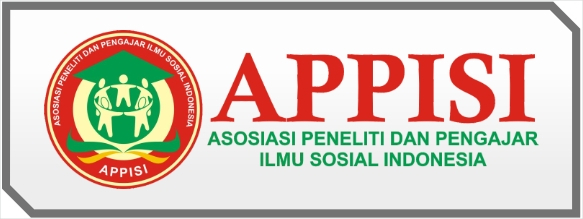Analysis Figure of Speech and Theatrical Story In No Longer Human Novel by Osamu Dazai
DOI:
https://doi.org/10.55606/ijel.v1i1.29Keywords:
literature study; the figures of speech; No Longer Human Novels; theatrical storyAbstract
No Longer Human novel is a literature study that tells the life journey of a young man who lives in the real world. This story will be related to today's era, reflecting social criticism with the surrounding influences that make the most hypocritical living beings and easily lead to bad things. This novel, which tells the story of a young man's crisis, also has a psychological influence on the author in the process of making it. The process analysis, No Longer Human novel uses a qualitative descriptive method by collecting the data and processing it by reading the story thoroughly and analyzing the qualitative narrative. The results of the study represent the story of Oba Yozo's theatrical story and his regrets as well as the figure of speech used in Osamu Dazai's art, including (1) Idiomatic (2) Alliteration (3) Onomatopoeia (4) Personification (5) Simile (6) Metaphor (7) Hyperbole. Based on the analysis, it is found that the expression to beautify a literature study used by the author, the enrichment and disposition of the language used and the meaning of the story about fear and the harshness of the world make this Japanese novel in demand by connoisseurs of psychology or sociology genre novels.
References
Durban, J. (2019). “Making a person”: Clinical considerations regarding the interpretation of anxieties in the analyses of children on the autisto-psychotic spectrum. The International Journal of Psychoanalysis, 100(5), 921-939.
Fetizanan, K. (2021). Paper Suffering (Doctoral dissertation, Pratt Institute).
Lopez, S. J., Pedrotti, J. T., & Snyder, C. R. (2018). Positive psychology: The scientific and practical explorations of human strengths. Sage publications.
McKNIGHT, A. (2019). Words and Their Silos: Commercial, Governmental, and Academic Support for Japanese Literature and Writing Overseas.
Suk, J. Y., Schiler, M., & Kensek, K. (2017). Investigation of existing discomfort glare indices using human subject study data. Building and Environment, 113, 121-130.
Tomlinson, J., Baird, M., Berg, P., & Cooper, R. (2018). Flexible careers across the life course: Advancing theory, research and practice. Human Relations, 71(1), 4-22.
Woo, M. F. (2020). Writing [with] Despair and Suicide (Doctoral dissertation, Auckland University of Technology).
Wortham, S., & Reyes, A. (2020). Discourse analysis beyond the speech event. Routledge















